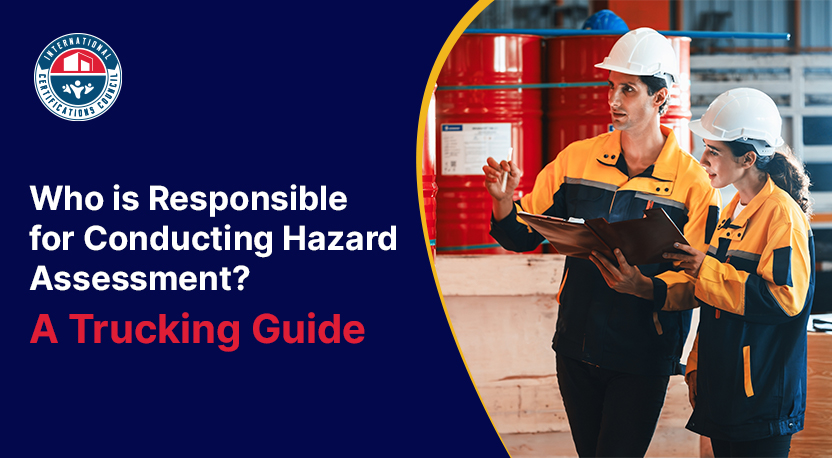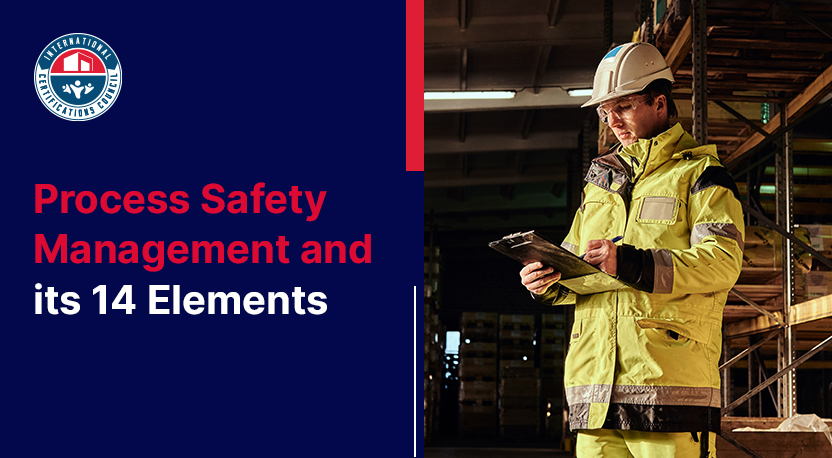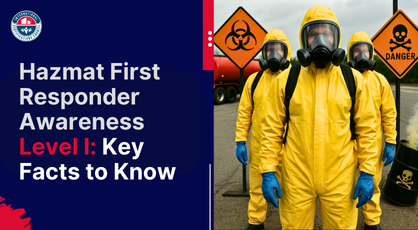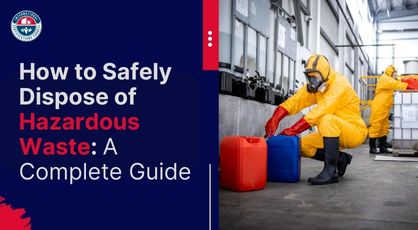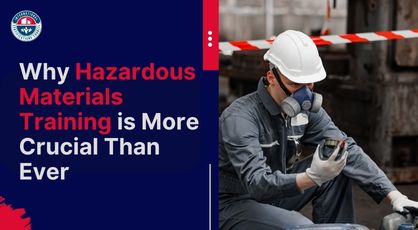Understanding hazmat products is the first step to ensuring the safe and efficient transport of hazardous materials across physical locations. So, what goods are considered hazardous or hazmat? According to the United States government, the following definition shall apply to hazardous materials:
“Hazardous materials are substances or chemicals that pose a health hazard, a physical hazard, or harm to the environment. Hazardous materials are defined and regulated by the U.S. Environmental Protection Agency (EPA), U.S. Occupational Safety and Health Administration (OSHA), U.S. Department of Transportation (DOT), and the U.S. Nuclear Regulatory Commission (NRC).”
Defining Hazardous Materials for Road Transport: What to Know
When we talk about shipping hazardous materials, they are very often abbreviated to HAZMAT. You can understand them as any substance, chemical, or material in a certain quantity that can be dangerous to humans, the environment, and public property.
It can even be in the form of some liquid that is highly toxic or a chemical compound as well. These also comprise fuels, nuclear waste products, chemical solutions, biological, and/or radiological residues, and agents. Now, these hazardous materials may be in the form of gasses, semi-liquids, solids, or even a combination of these forms. These can also be dust, finer particles, fumes, mist, vapor, and smoke. In the case of hazmat spills, there is a big potential for health problems, injury, and even death of people and animals. It may also lead to harm to public property on a large scale. And of course, it also poses an incredibly high risk to the natural environment.
You can understand hazardous materials and become more efficient in transporting them by knowing about DOT Hazmat Classes. The DOT has listed very precise 9 hazard classes. They all have different types and degrees of risks attached to them. Let’s have a look at them in the section below:
- Class 1 talks about Explosives which are products with the ability to detonate or explode when they come in contact with a certain gas or as a result of a chemical reaction.
- Class 2 mentions Gasses that are flammable (these can also be toxic or corrosive).
- Class 3 is Flammable Liquids that are volatile and combustible because they can react with air which means they pose a big risk of ignition during transportation.
- Class 4 comprises Flammable Solids which are also combustible and result in fires during transportation.
- Class 5 talks about Oxidizing Agents & Organic Peroxides and they have a high oxygen content that makes them extremely reactive resulting in fires that can be very difficult to extinguish.
- Class 6 mentions Toxins and Infectious Substances that are very dangerous because they can even cause death upon contact with skin, or ingestion or inhalation.
- Class 7 is Radioactive Material which is again very harmful and deadly to all living organisms in case of exposure.
- Class 8 explains Corrosives that can degrade materials and also harm humans, animals, buildings, and the environment.
- Class 9 describes Miscellaneous Dangerous Goods that are not covered in the classes mentioned above (examples include marine pollutants and asbestos).
Essential Safety Tips for Shipping Hazardous Materials Safely and Efficiently
Identifying And Classifying Materials
It is important to know what classification and categories of hazardous materials you are transporting. There are different recommendations for air, rail, and road shipment of various classes of hazardous materials.
Ensuring Proper Packaging
Based on these classes and categories, the proper packaging must be chosen. It is also important for you to combine various packaging options to maintain the safety of hazardous materials that are being shipped. Invest in adequate padding, leak-proof containers, airtight packages, and contamination-free seals and pouches.
Labeling And Marking Correctly
The labeling and marking bit is also critical because it talks about the potential hazards and risks associated with any material. It also conveys the type or category of hazardous material being shipped. By reading these labels and markings, hazmat handlers are able to stay aware of the danger they are dealing with. The emergency response teams are able to think of the most suitable line of action in case any hazardous material is leaked or let out into the environment.
Documenting Every Hazardous Material
- You will be able to transport your hazardous materials even more safely if you document them correctly
- Measure their dimensions and evaluate their weight and volume
- Find out the category or class of hazard they belong to
- Describe the degree and kind of hazard, and also mention the safety measures relevant to them
- Mention the same in the paperwork attached and always keep a copy of the same with you
Training And Certification Of Your Employees
A very clever way of ensuring the safe and effective shipment of your potentially hazardous materials is to train and certify your hazmat handling crew. Every employee and worker working in your organization should be formally trained in how to handle these materials as per the guidelines defined by the Department of Transportation and the Federal Motor Carrier Safety Administration.
Ensuring Separation Of Materials To Prevent Hazards
When you are in the process of preparing hazardous materials for shipment, it is important to maintain compatibility between different containers and materials. For example, explosives should not be kept close to other materials that can easily catch fire. Integration of substances or chemicals that do not react with each other is a better idea.
Choosing The Right Method Of Transport
This is also a very practical way of maintaining safety when hazardous materials are in transit. The mode you choose will depend on the type of material being transported, the distance to be covered, and your delivery deadlines. All should be considered when choosing the right transport method.
Planning For Emergency Responses
Accidents can happen at any time. This makes it more crucial for you to establish response plans in case of spills and exposure. If any leaks or explosions lead to fire, the kind of processes that should be followed by the emergency response team should be mentioned in the emergency response plan. This way, they are able to evacuate the area easily and also tend to people who might be in need of medical or other form of assistance.
Maintaining Compliance
Compliance is not only with regard to the domestic transport of hazardous materials rules laid down by the federal structure but also international rules that a transporter of hazardous materials has to follow. There are very strict rules and regulations that cannot be overlooked, especially when transporting dangerous goods. Extensive paperwork, and difference in shipping policies, and in case one is not able to follow through, there are fines, penalties, and legal action against the carrier as well that one should be aware of.
Final Thoughts
It is possible for you to efficiently ship your hazardous materials from their point of origin to their destination. You just have to follow the rules and regulations that have been specified by the Department of Transportation. The people involved in the transportation process should be educated and formally trained in handling hazardous materials. Your emergency response planning should be top-notch always. The only way to maintain the highest level of efficiency here is to stay alert and up to date with the latest handling and safety practices related to transport of hazardous materials.


